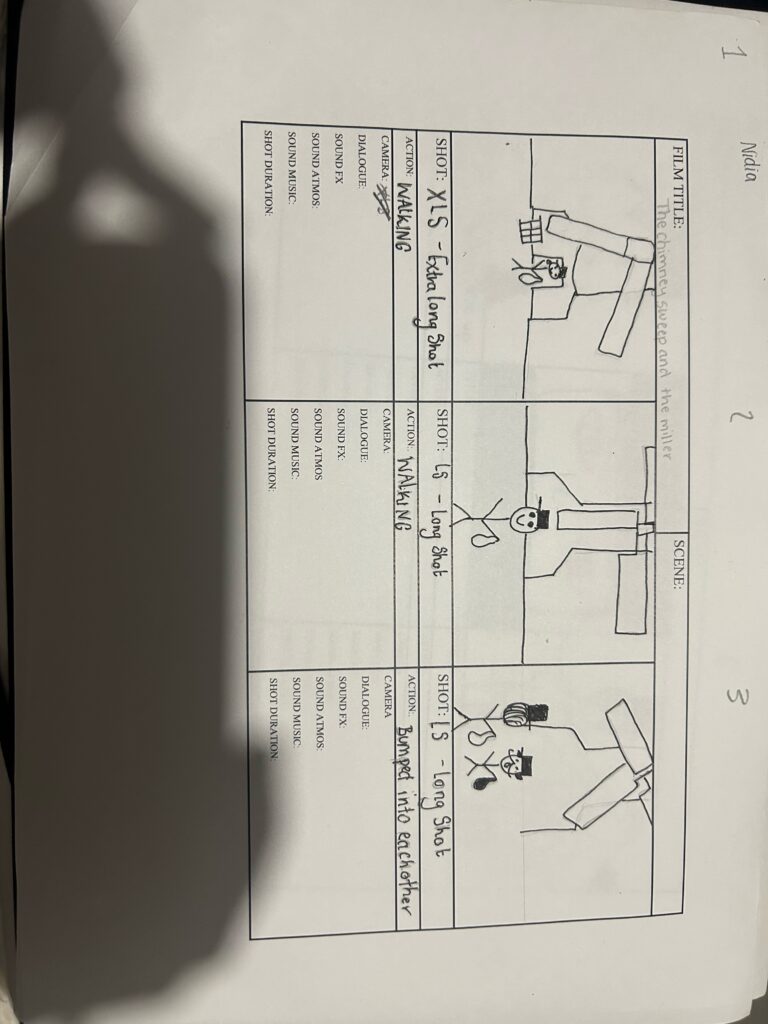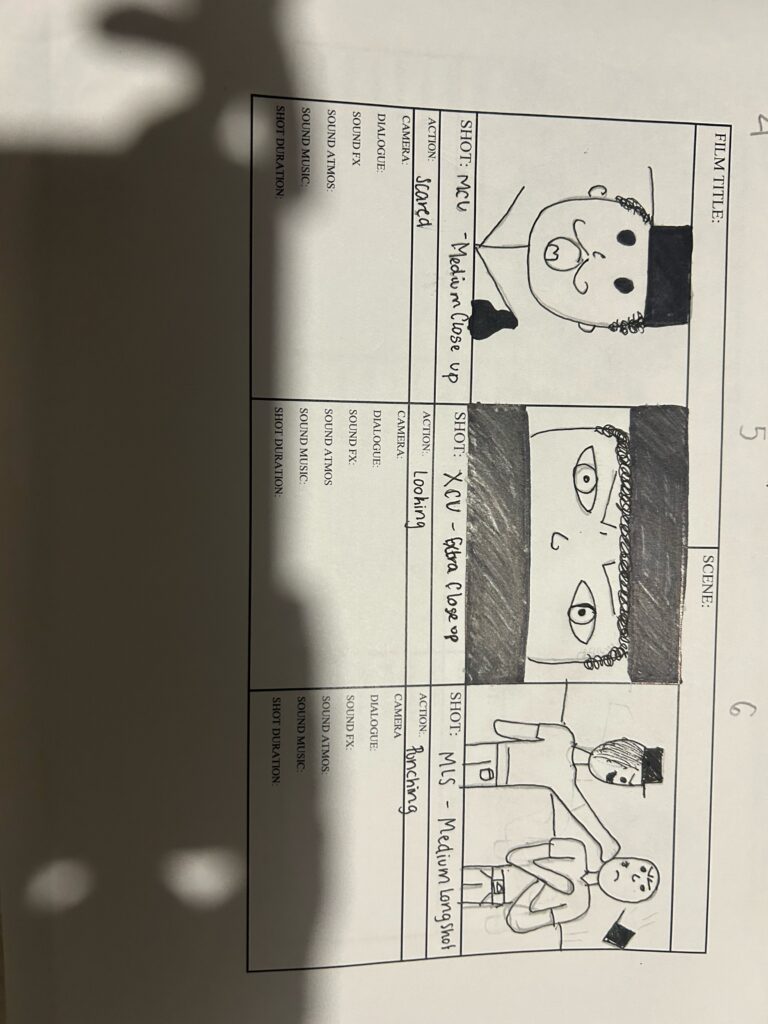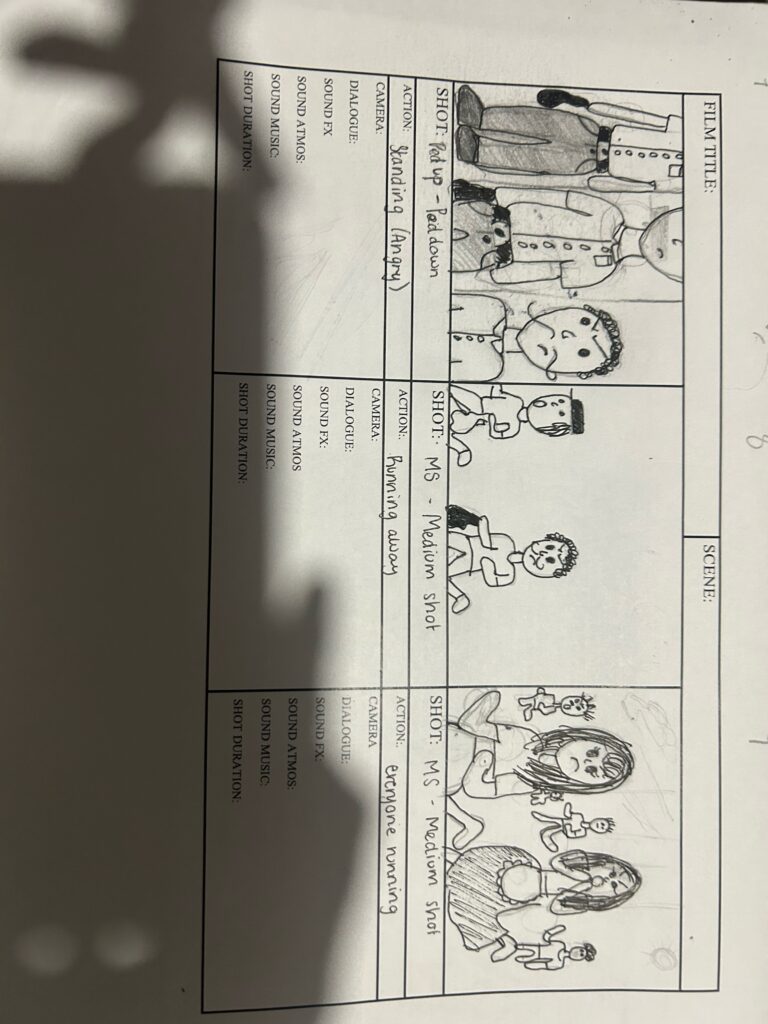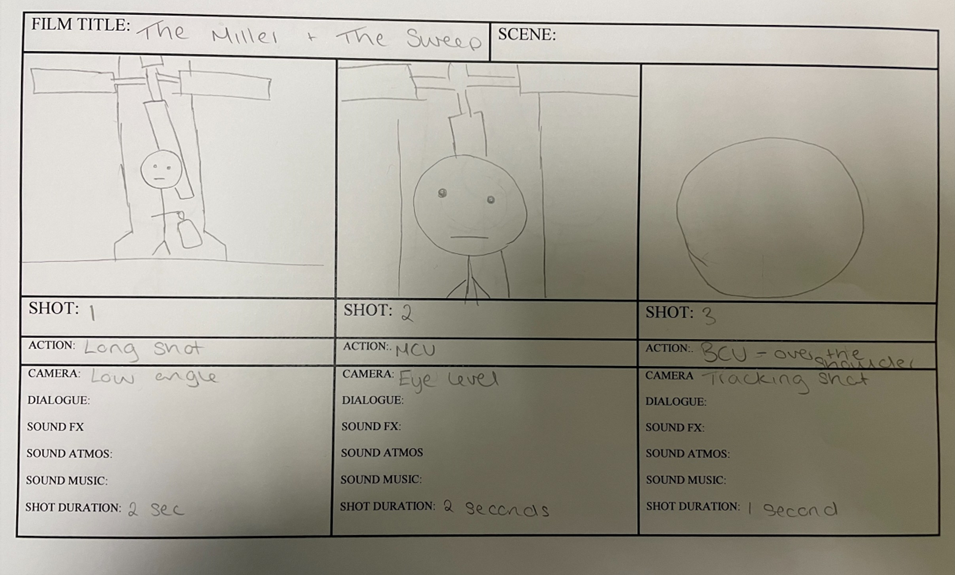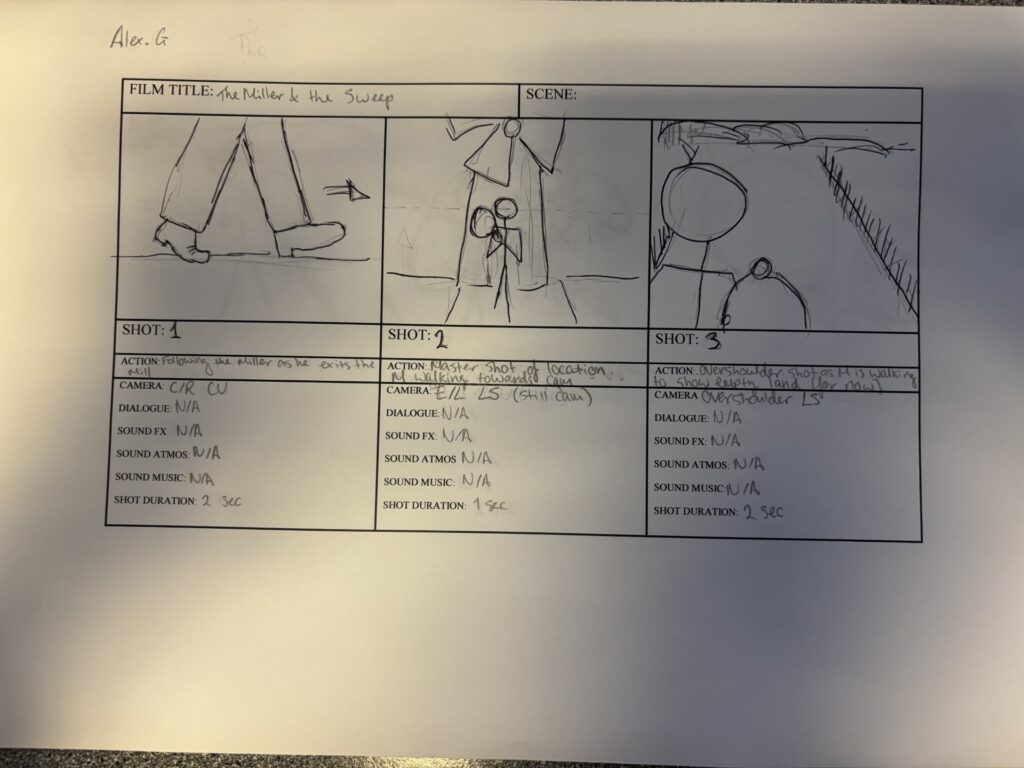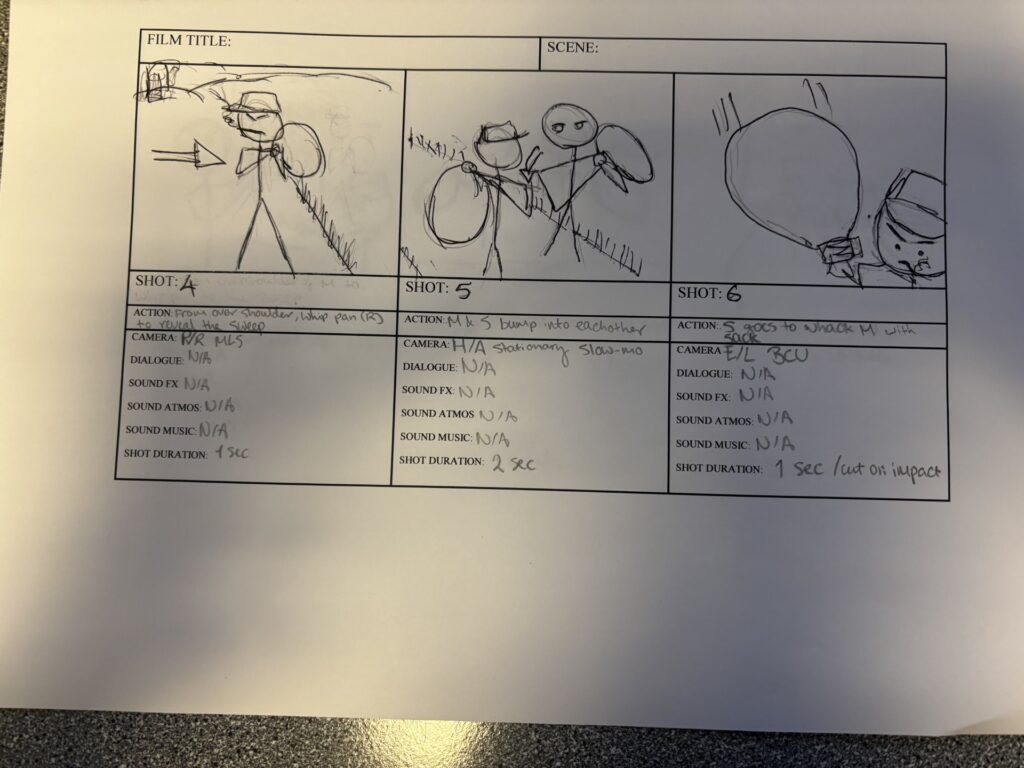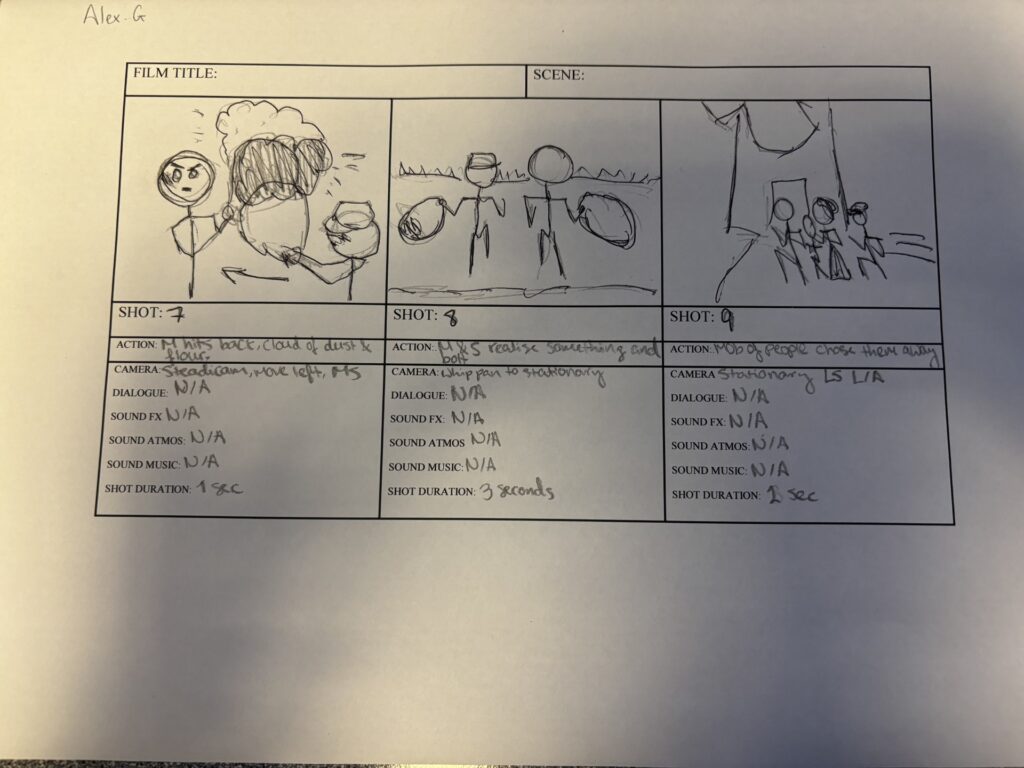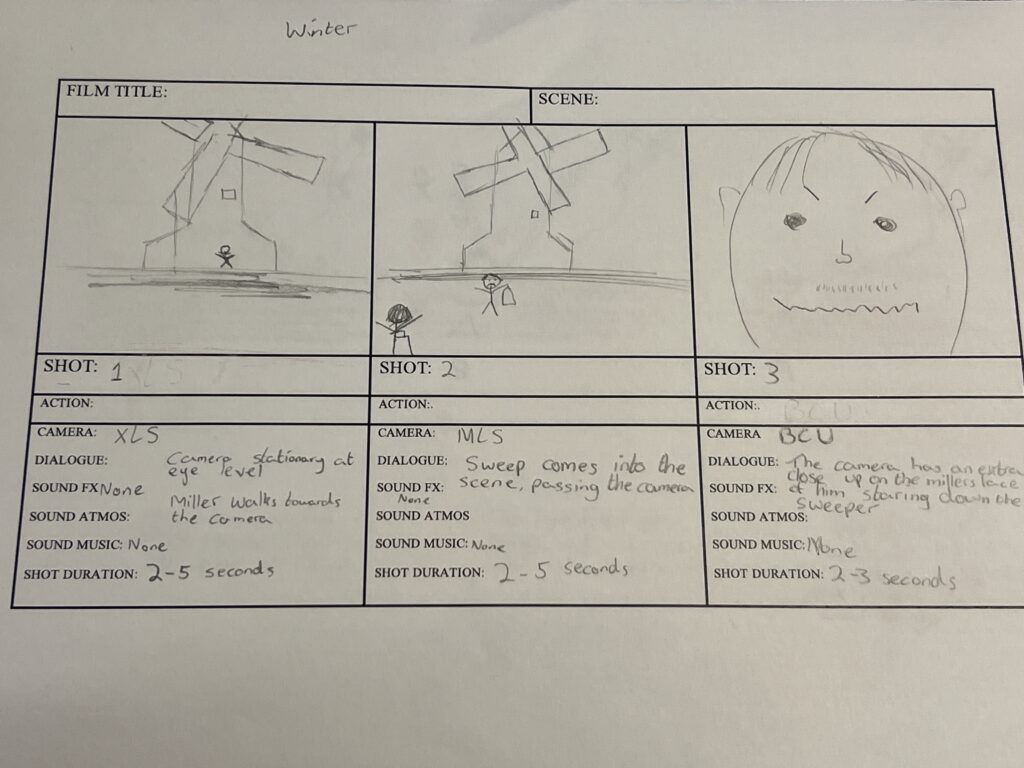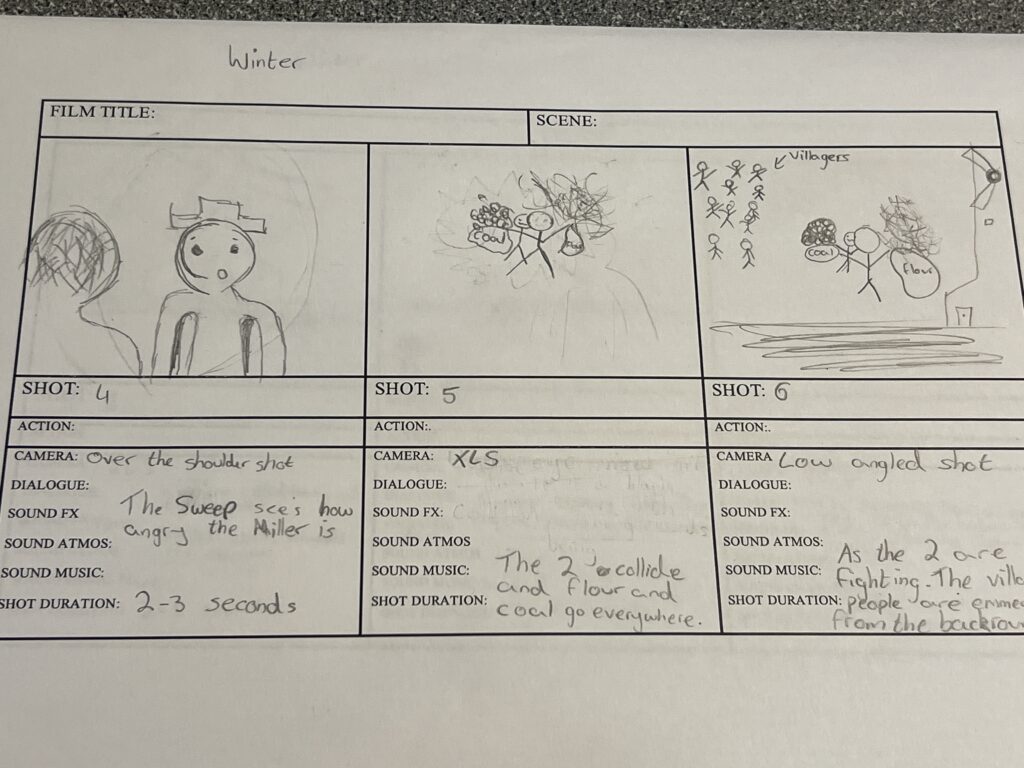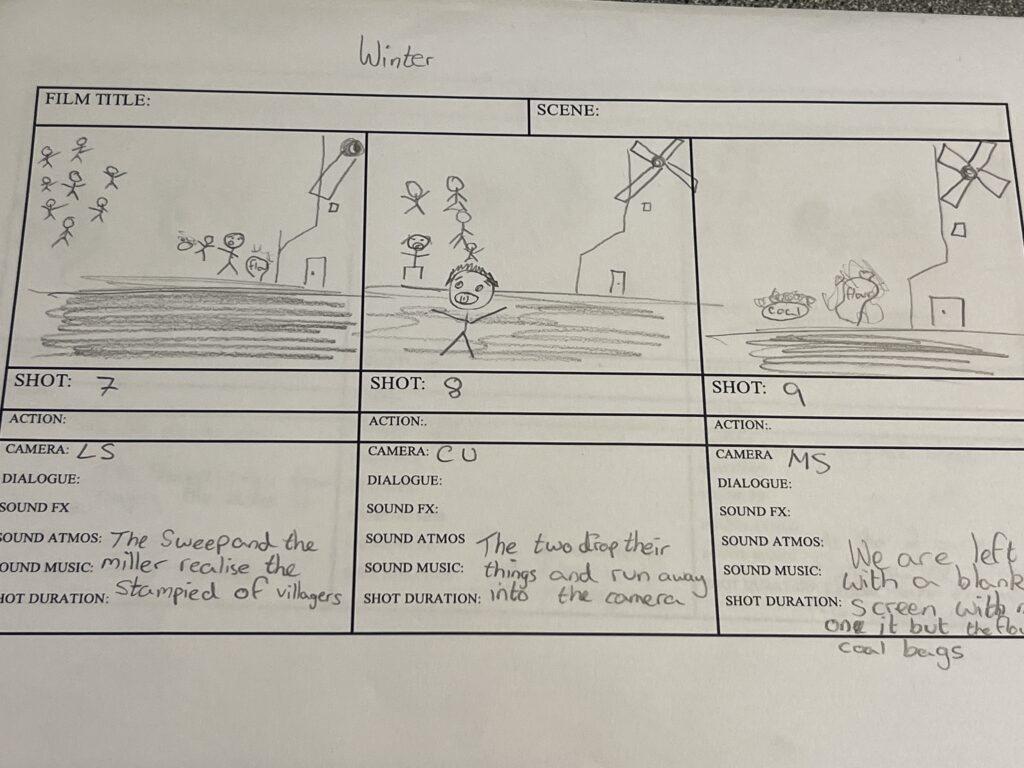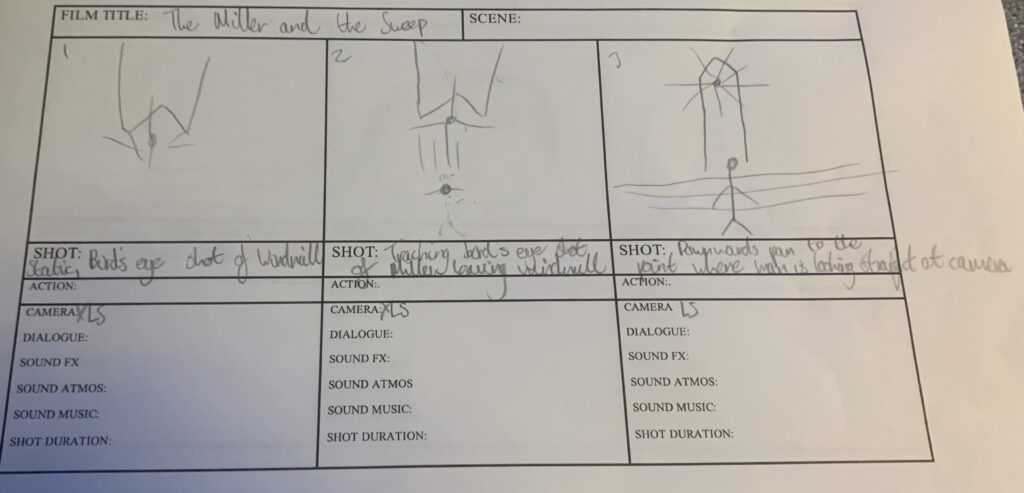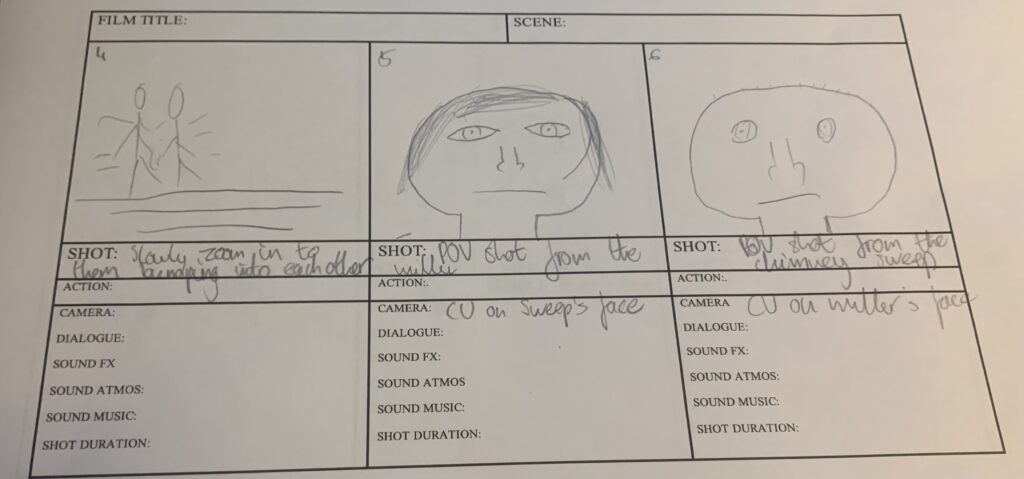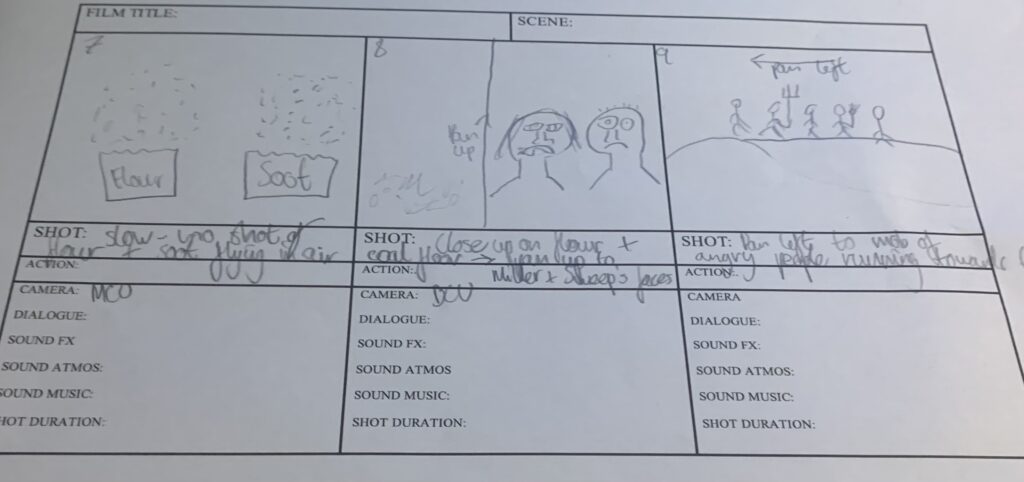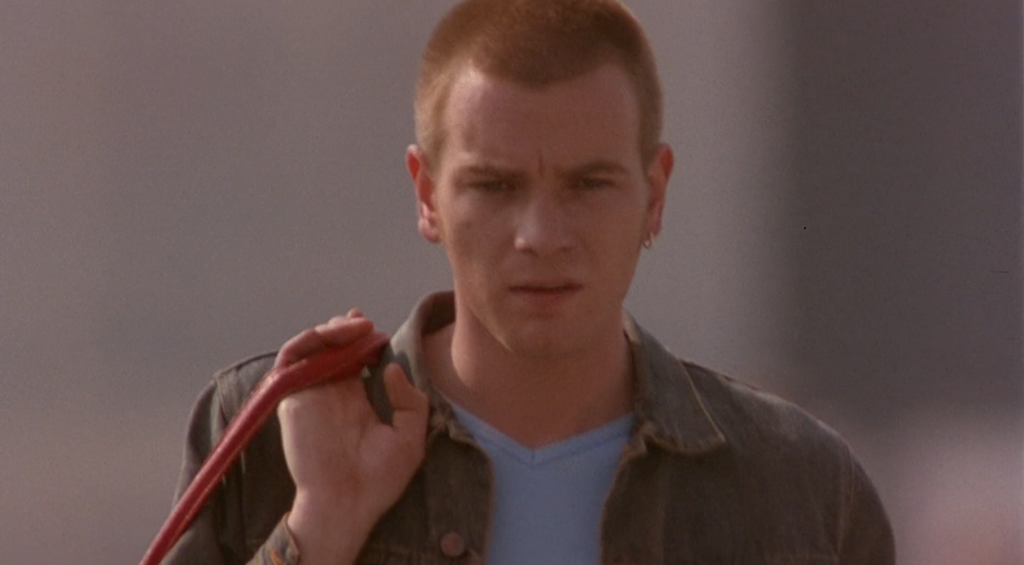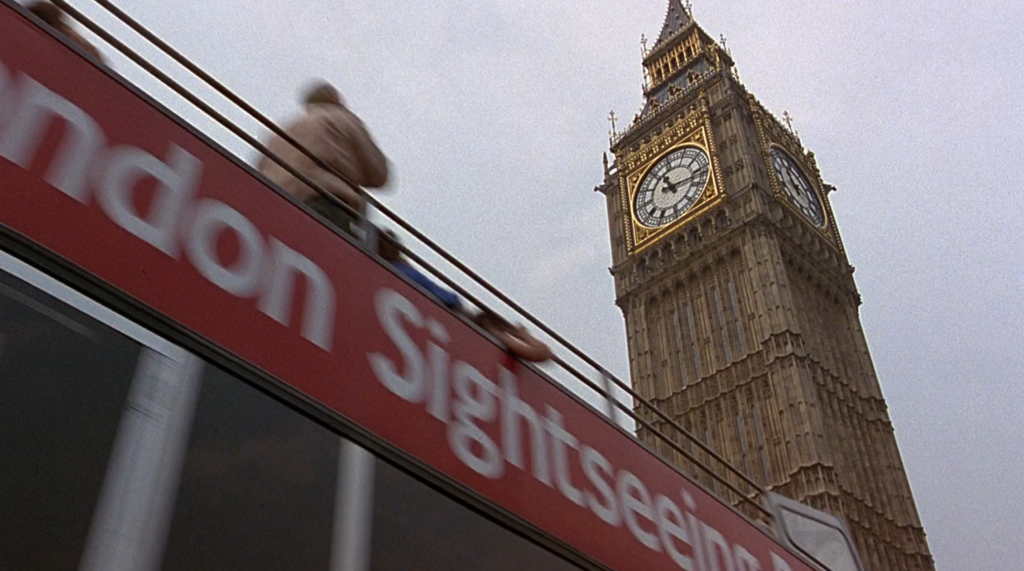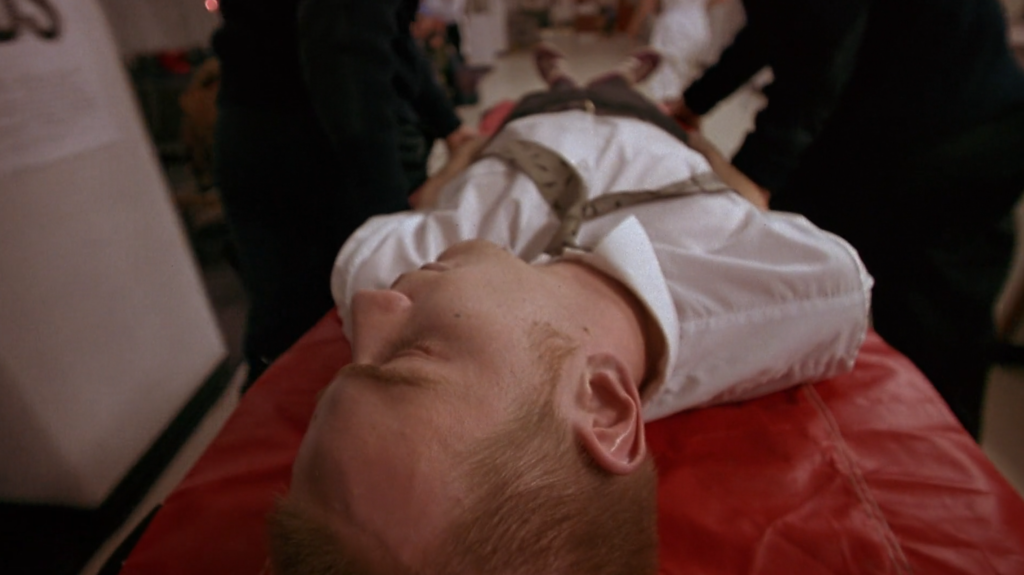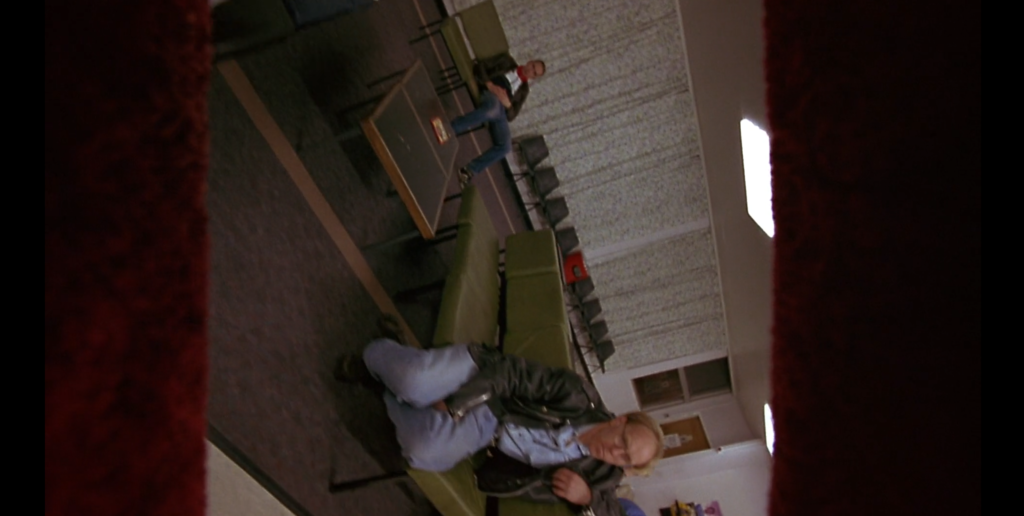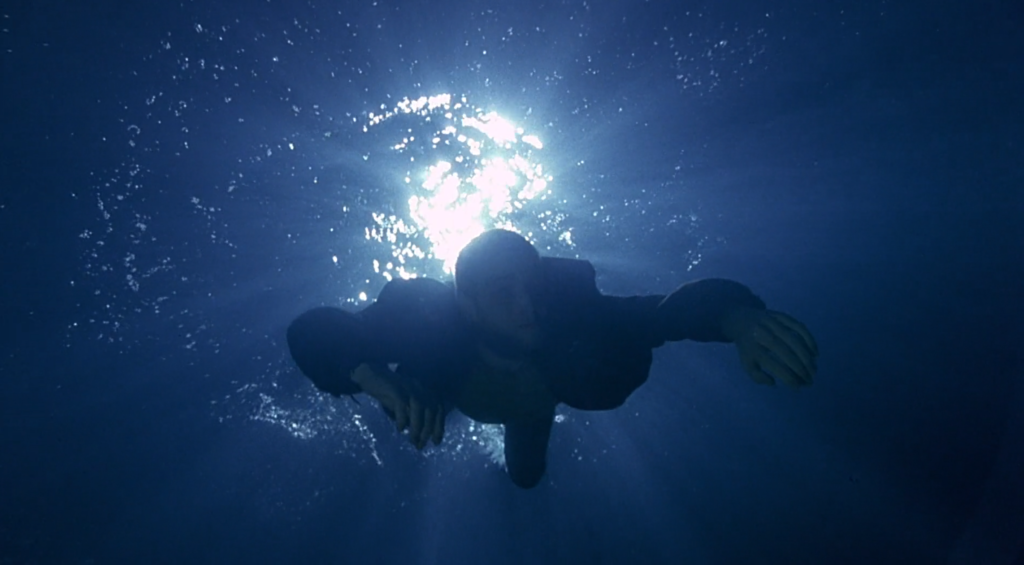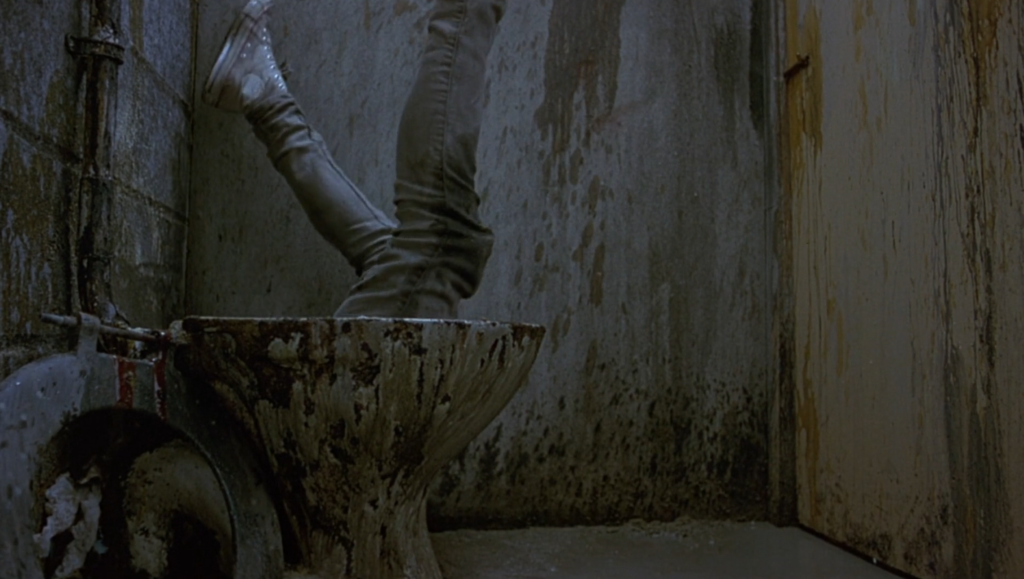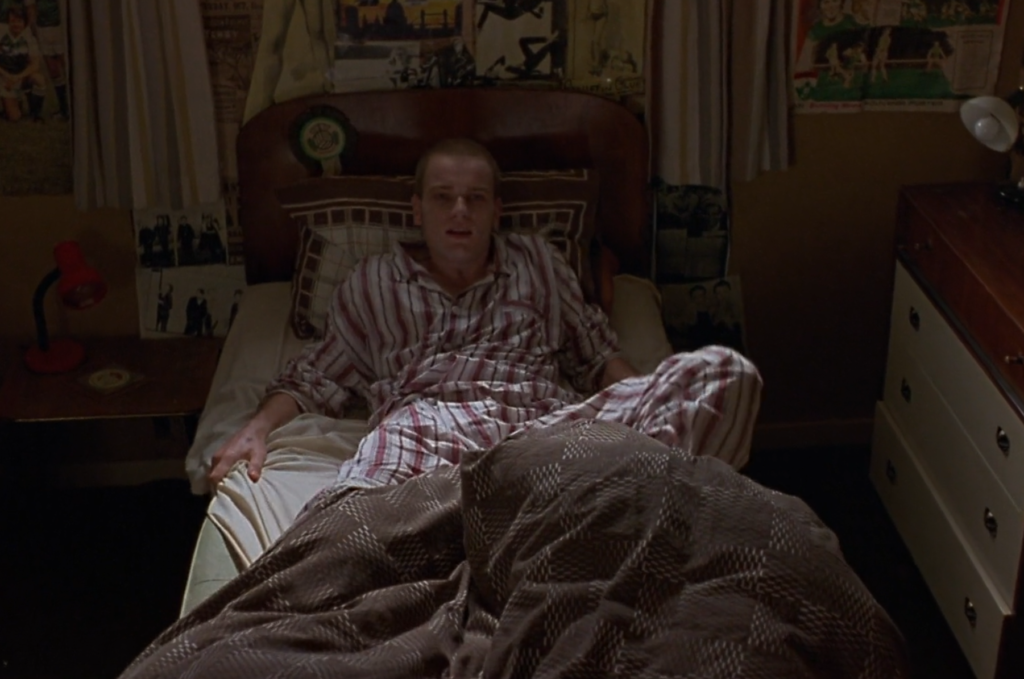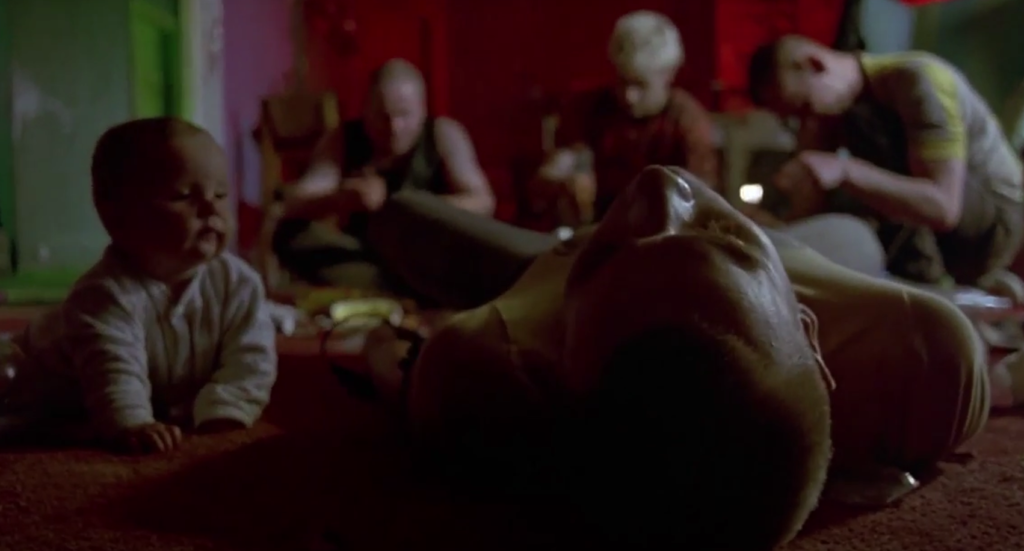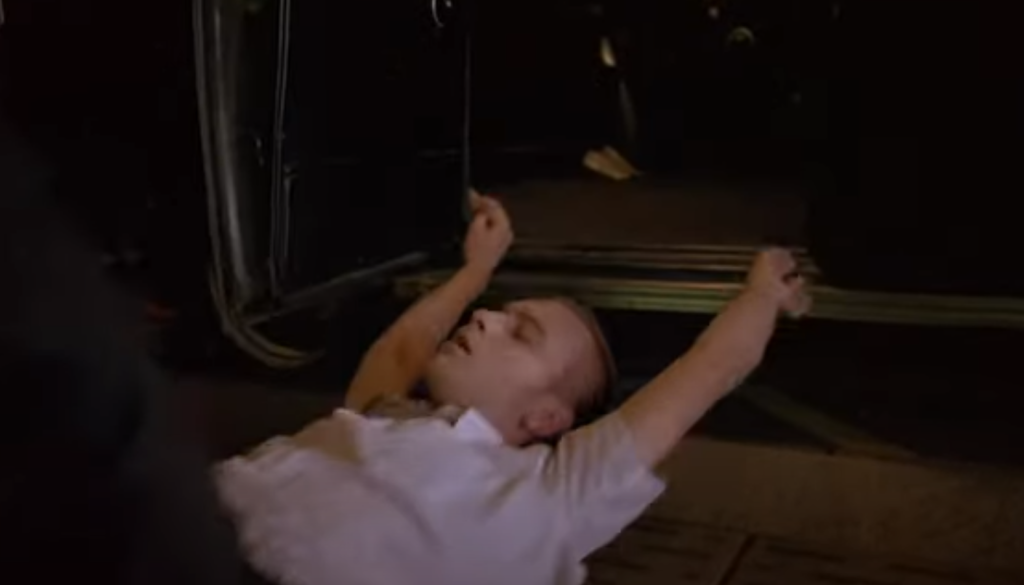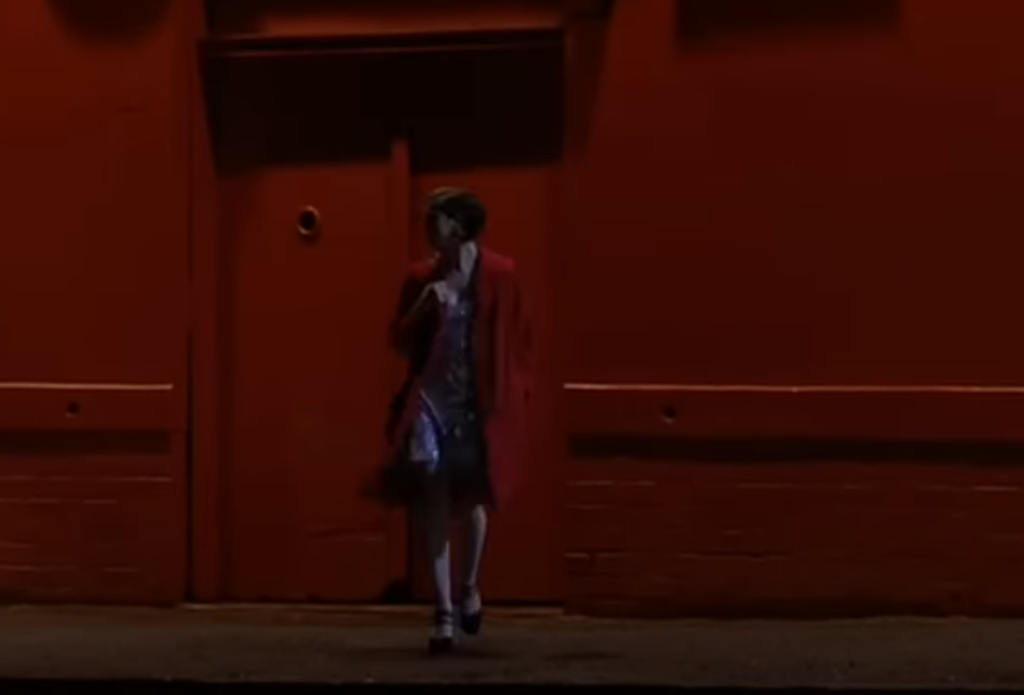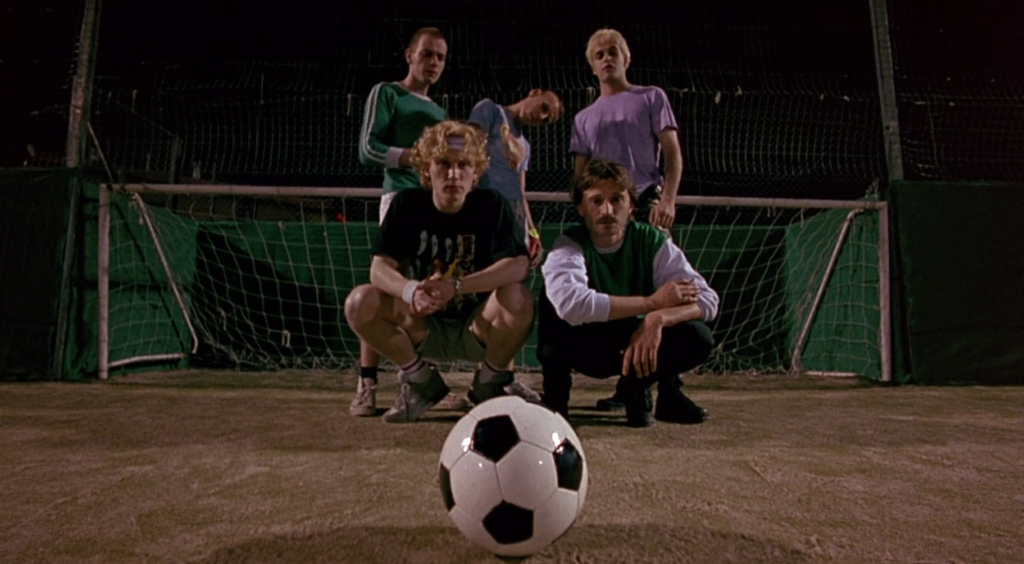
Young People-
They feel alienated from traditional paths like stable jobs, marriage, or consumerism, instead embracing a chaotic and self-destructive lifestyle as a form of resistance. Their drug use and disregard for authority reflect a broader rebellion against societal expectations and norms. Many of the young characters prioritise pleasure and instant gratification, which is often pursued through heroin, alcohol, and casual sex. he male characters frequently conform to toxic ideas of masculinity, such as suppressing emotions and engaging in risky behaviors.
Working Class-
The working class in Trainspotting is depicted as trapped in a cycle of poverty, addiction, and disillusionment, with little hope for change. While the film critiques their self-destructive behaviors, it also portrays them with empathy, highlighting the systemic failures and societal neglect that contribute to their struggles. This nuanced representation offers a commentary on the economic and social realities of the time, making the film both a character-driven story and a broader critique of class inequality.
Addicts-
Addicts in Trainspotting are depicted as deeply flawed yet human individuals, caught in a web of personal choices and systemic failings. The film presents addiction as a devastating and multifaceted issue, blending moments of dark humor, tragedy, and raw honesty to challenge stereotypes and provoke empathy.
Scottish People-
Scottish people in Trainspotting are depicted with honesty and complexity, balancing critiques of societal issues with an acknowledgment of cultural resilience and humor. The film offers a raw, unvarnished portrayal of life in Scotland, highlighting both the struggles and the spirit of its people.
Older people-
Older people in Trainspotting are depicted as symbols of traditional values, societal stagnation, and generational disconnect. While some are shown as caring and concerned, they are often powerless to address the systemic issues faced by the younger generation. Their portrayal underscores the broader societal critique at the heart of the film, examining how intergenerational dynamics contribute to the struggles of addiction, poverty, and hopelessness.
Men-
Men in Trainspotting are depicted as deeply flawed yet human, caught in a cycle of rebellion, addiction, and disillusionment. The film critiques toxic masculinity and societal expectations while exploring themes of vulnerability, friendship, and the struggle for identity. This nuanced portrayal highlights the complexities of masculinity and its role in shaping the characters’ lives.
Women-
Women in Trainspotting are largely represented as secondary characters who serve to reflect and influence the male protagonists. While some, like Diane, show agency and assertiveness, the film primarily explores the struggles and experiences of its male characters. The female characters often embody themes of vulnerability, objectification, and exploitation, with their roles largely shaped by the male narrative. This portrayal is a reflection of the film’s critique of societal norms, including gender dynamics, but it also highlights the limited space for women within the world of Trainspotting.
